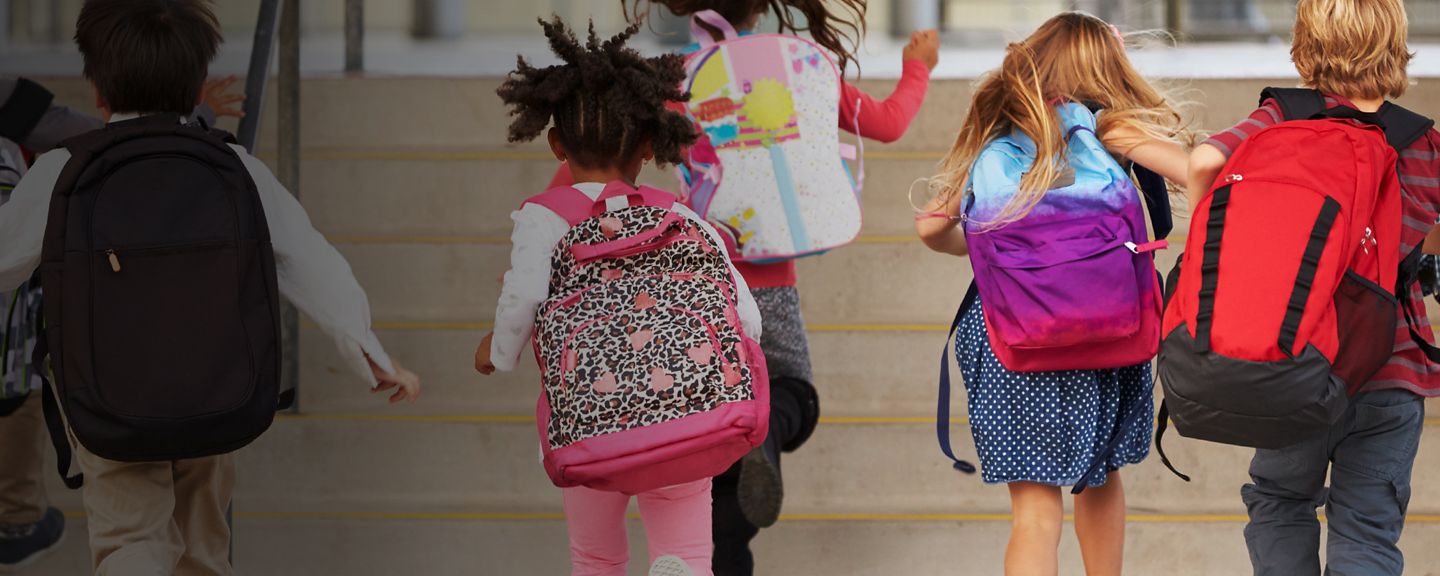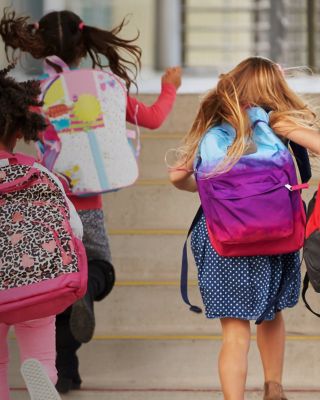A safer school starts with a plan
The CDC advises that better indoor air quality (IAQ) can help schools reopen. With the right plan, your building can clean its air automatically and track data to show parents, teachers and schoolboards that it’s measurably safer to bring students back for 100% in-person learning.
Assess
We consult with you at no cost to measure your indoor air quality and other factors that could affect the health of people in your building.
Analyze
We provide a detailed report of your building health, with analysis and recommendations to meet your safety needs and regulatory guidelines.
Act
We present a plan to cost-effectively integrate the capabilities to know your school is safer, show it’s safer and keep it safer as needs change.
Let’s bring students back
Schedule your indoor air quality assessment today
Frequently Asked Questions
As part of our initial assessment, we establish a quantitative baseline for your building’s health. Then we integrate your HVAC system with sensors to monitor air quality and other factors. This is tracked in real time on your Healthy Buildings dashboard as your “Healthy Buildings Score.”
Provide real-time safety data. Your Healthy Buildings dashboard includes public views that can be shared on your website and shown on screens at school. Your Healthy Buildings Score lets parents and staff see the health of your facilities any time – for instance, in the morning before leaving for school.
That also provides an opportunity to share updates on changing conditions, plans and progress, and additional measures that people can take.
By integrating your HVAC system with IAQ sensors, it can detect contaminants to clean the air automatically. We can also integrate other types of building systems with sensors to help automatically monitor and protect your school.
This integration of building systems and sensors gives you the data you need to demonstrate compliance, with easy reporting from your Healthy Buildings dashboard.
We do not do “rip-and-replace.” We use and integrate as much of your current infrastructure as possible to retain familiarity and keep costs down.
First, we’ll help you determine whether your HVAC equipment needs upgrades or just integration and adjustment. From there, any upgrades are designed to fit your needs and processes, including ease of use and ease of maintenance.
The CARES and CRRSA bills have designated more than $100B for a relief fund known as the “Elementary and Secondary Emergency Relief Fund” (ESSER), which is specifically for K–12 school districts.
Our funding experts can help you secure ESSER funds, as well as other types of financing for your improvements. Learn more.


